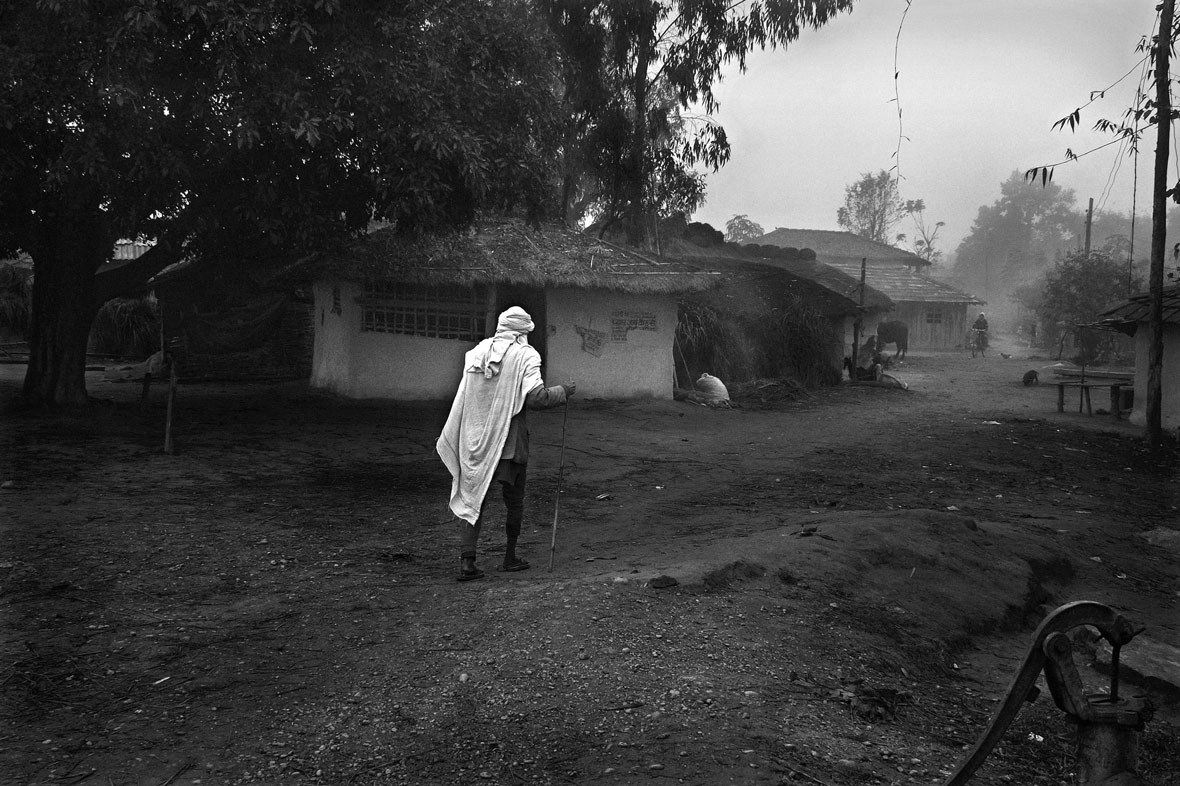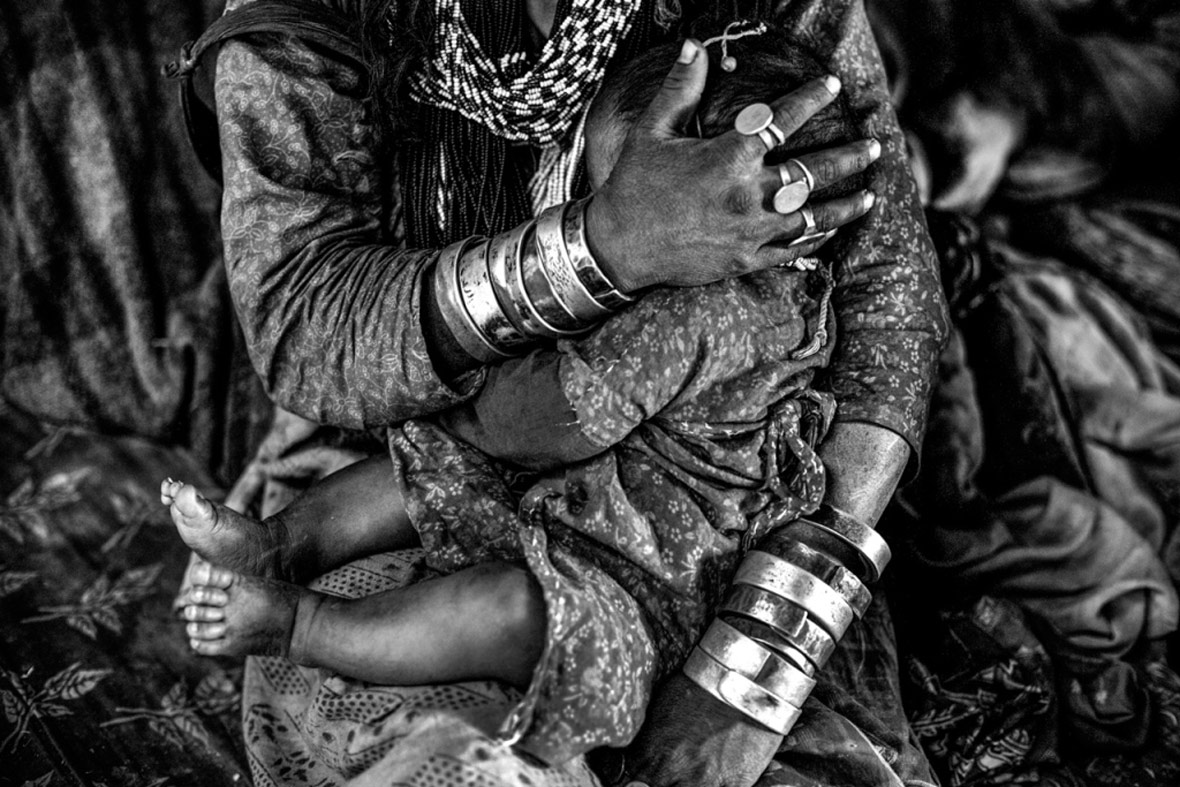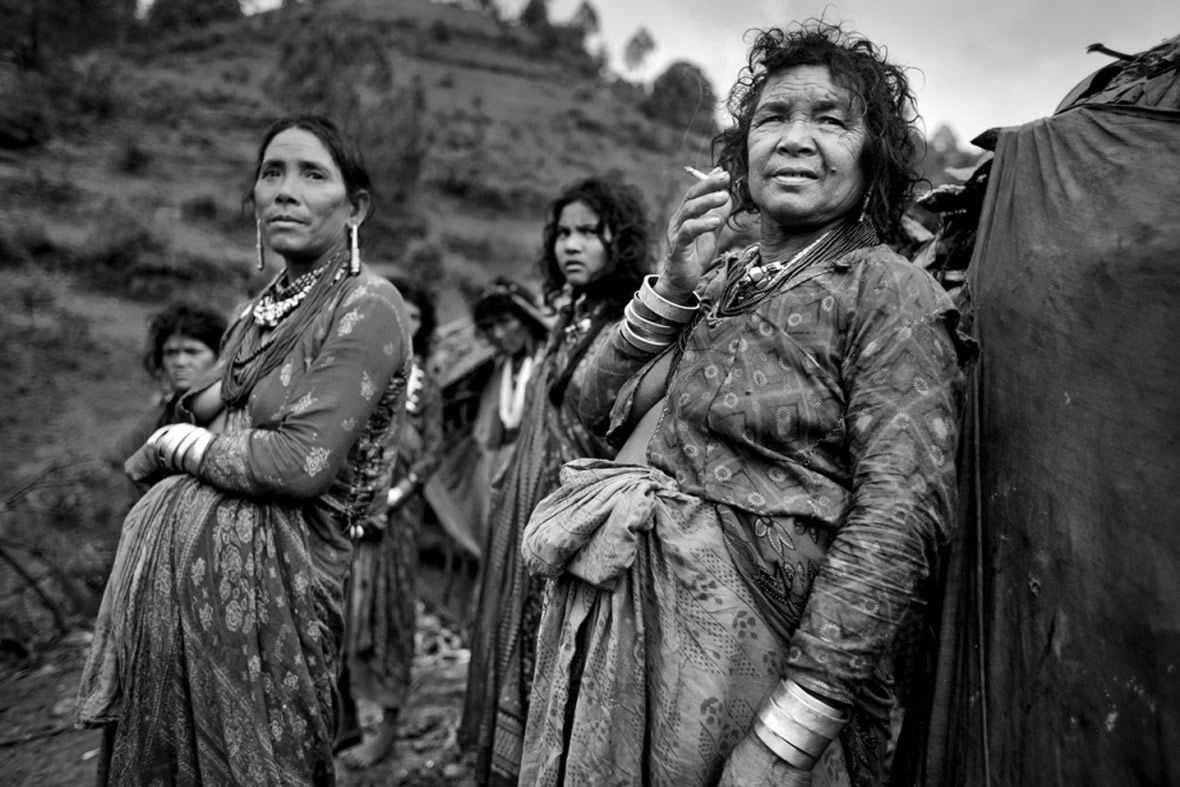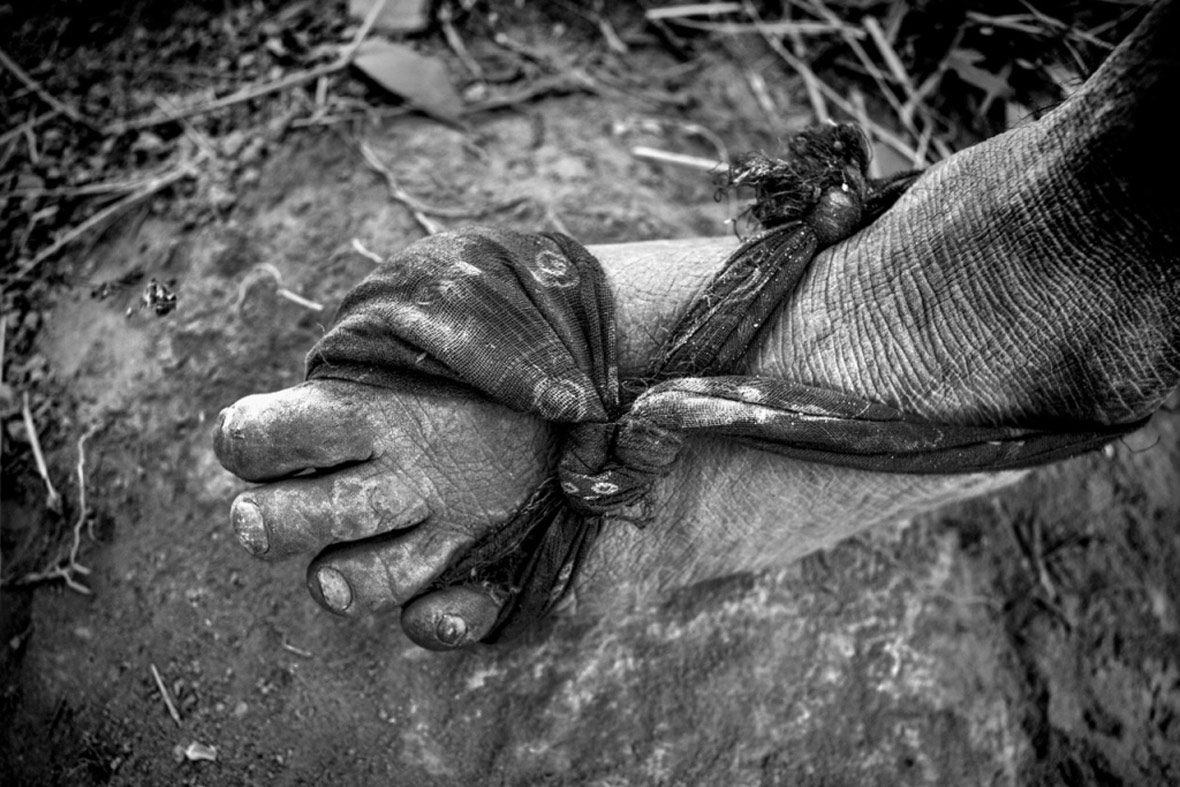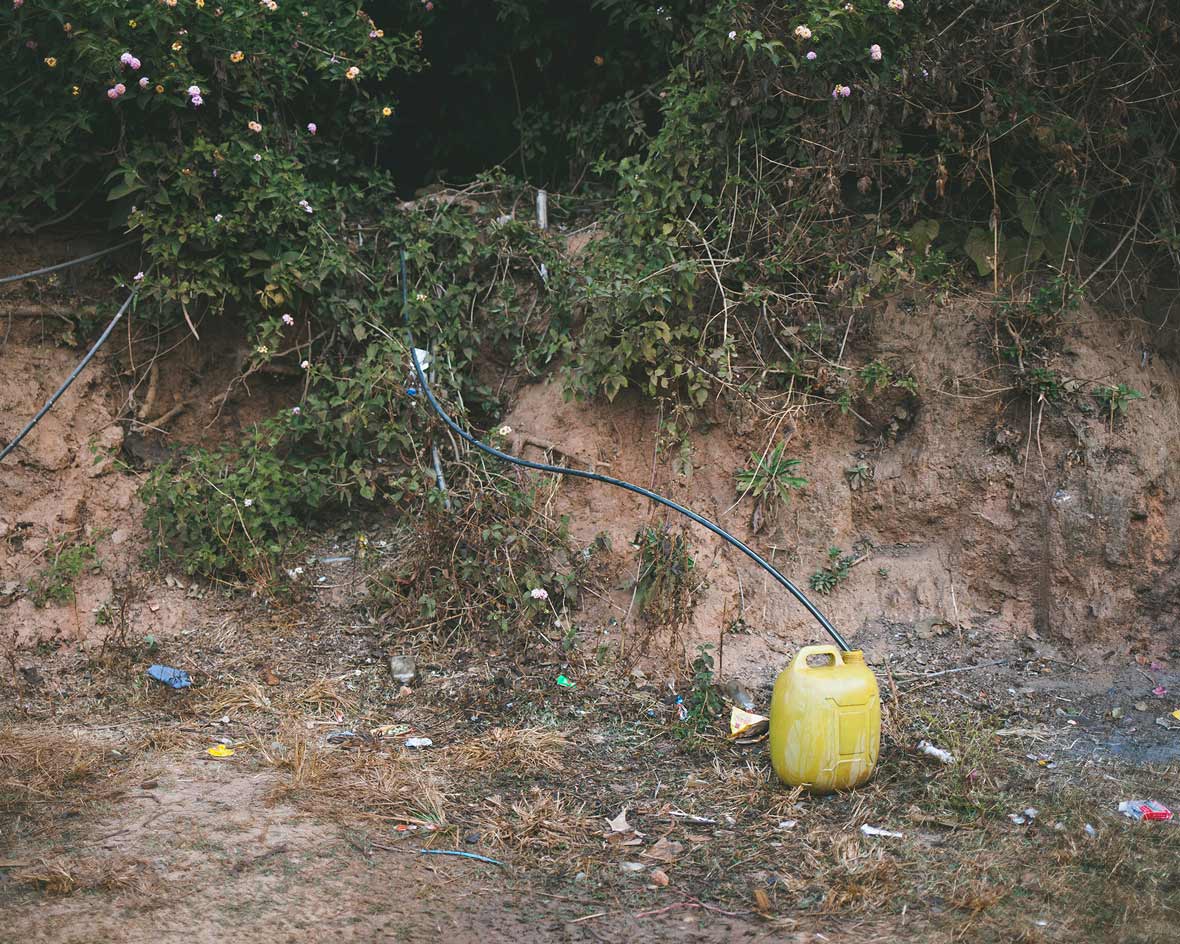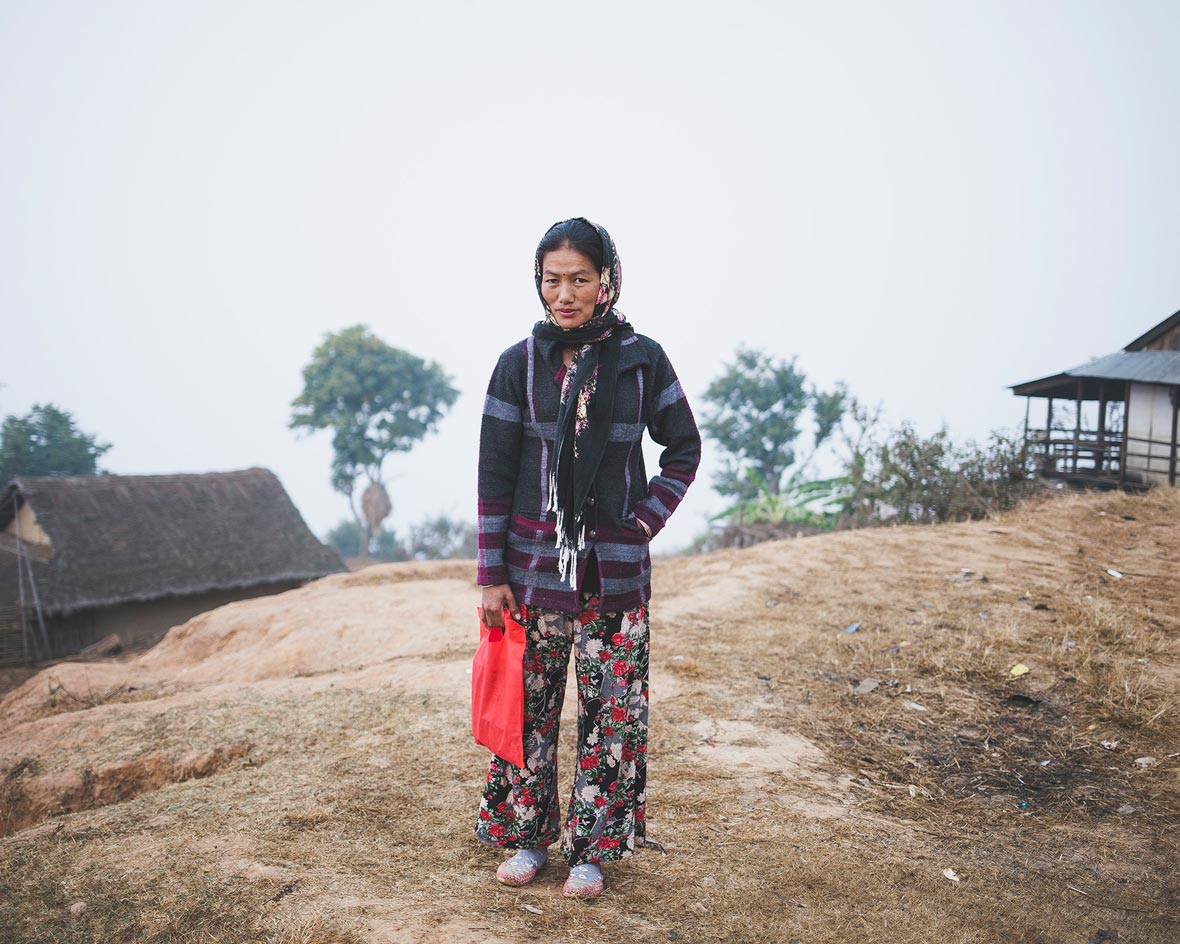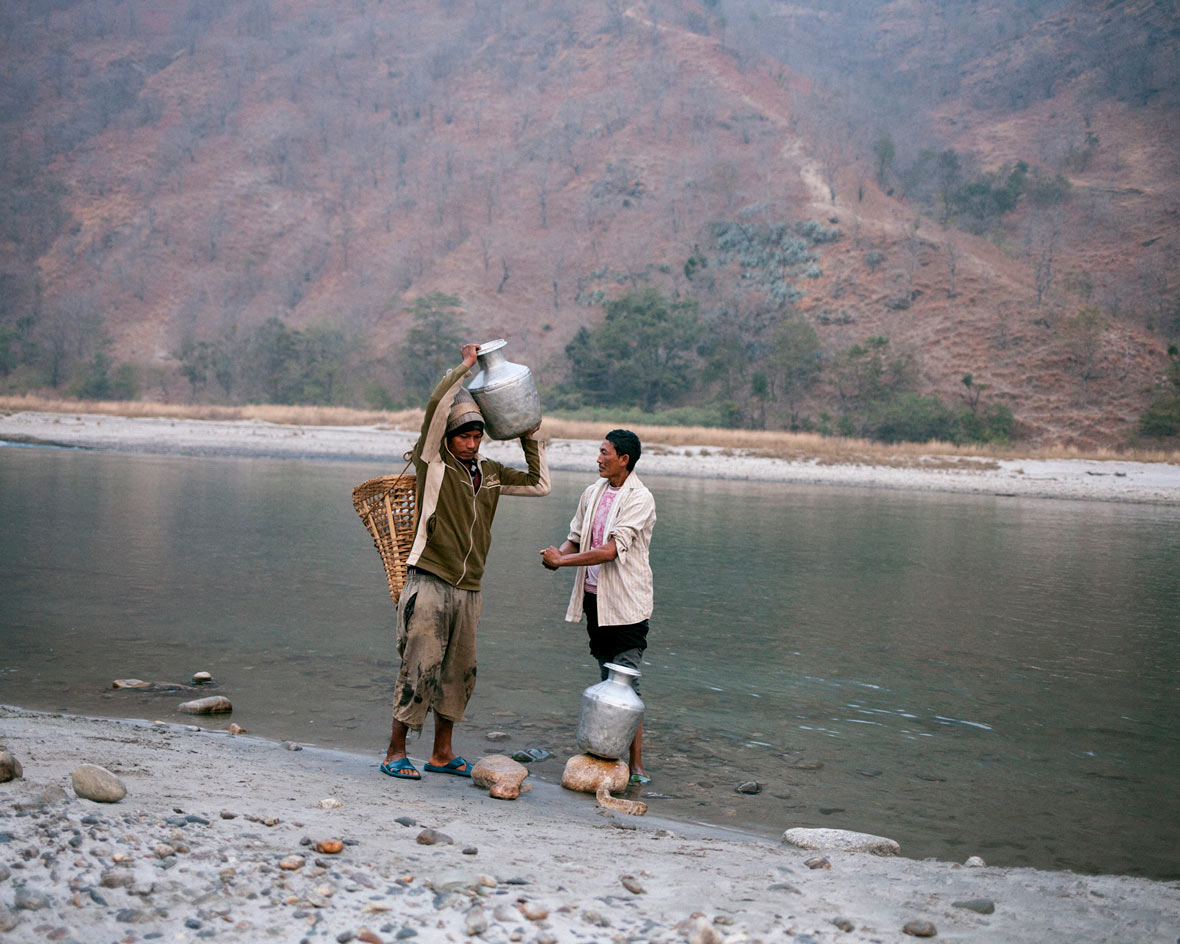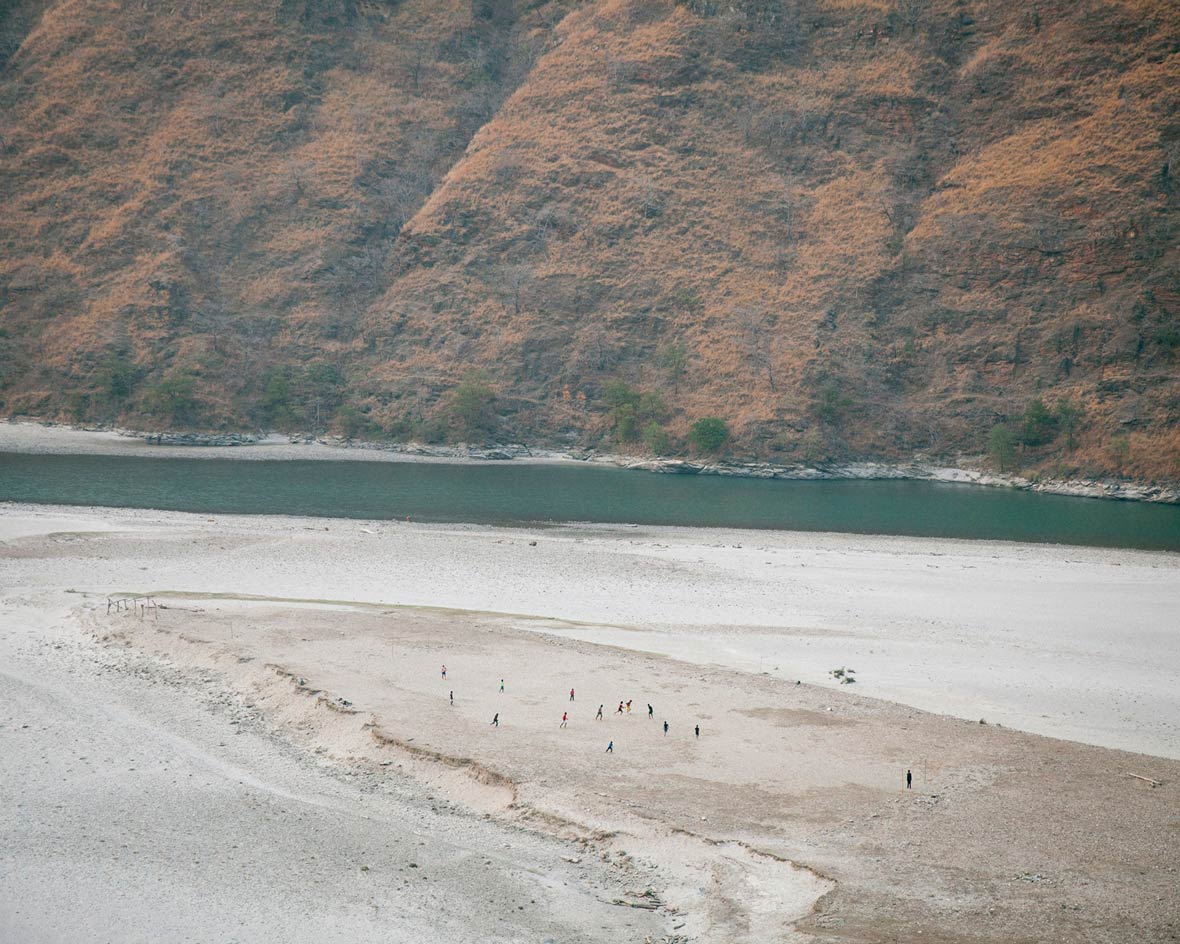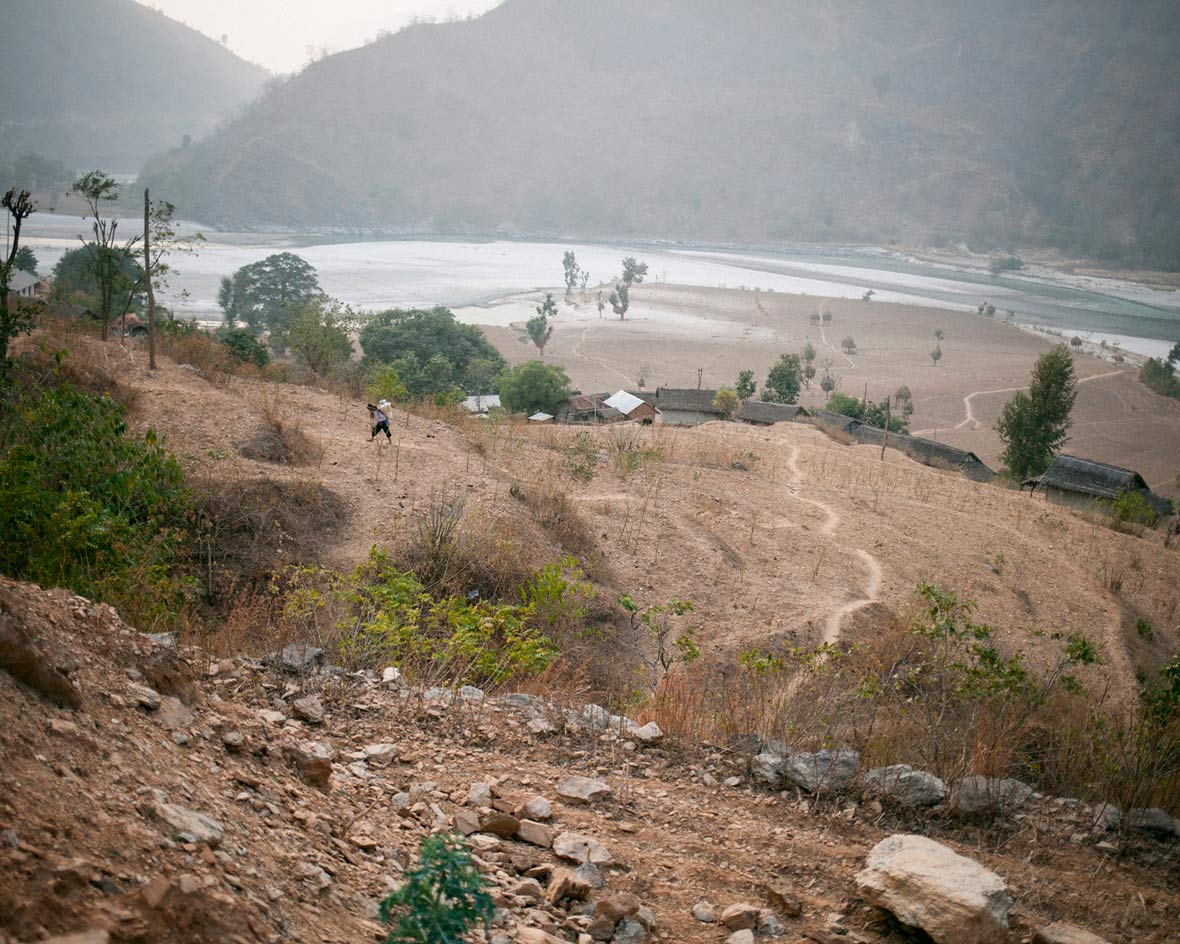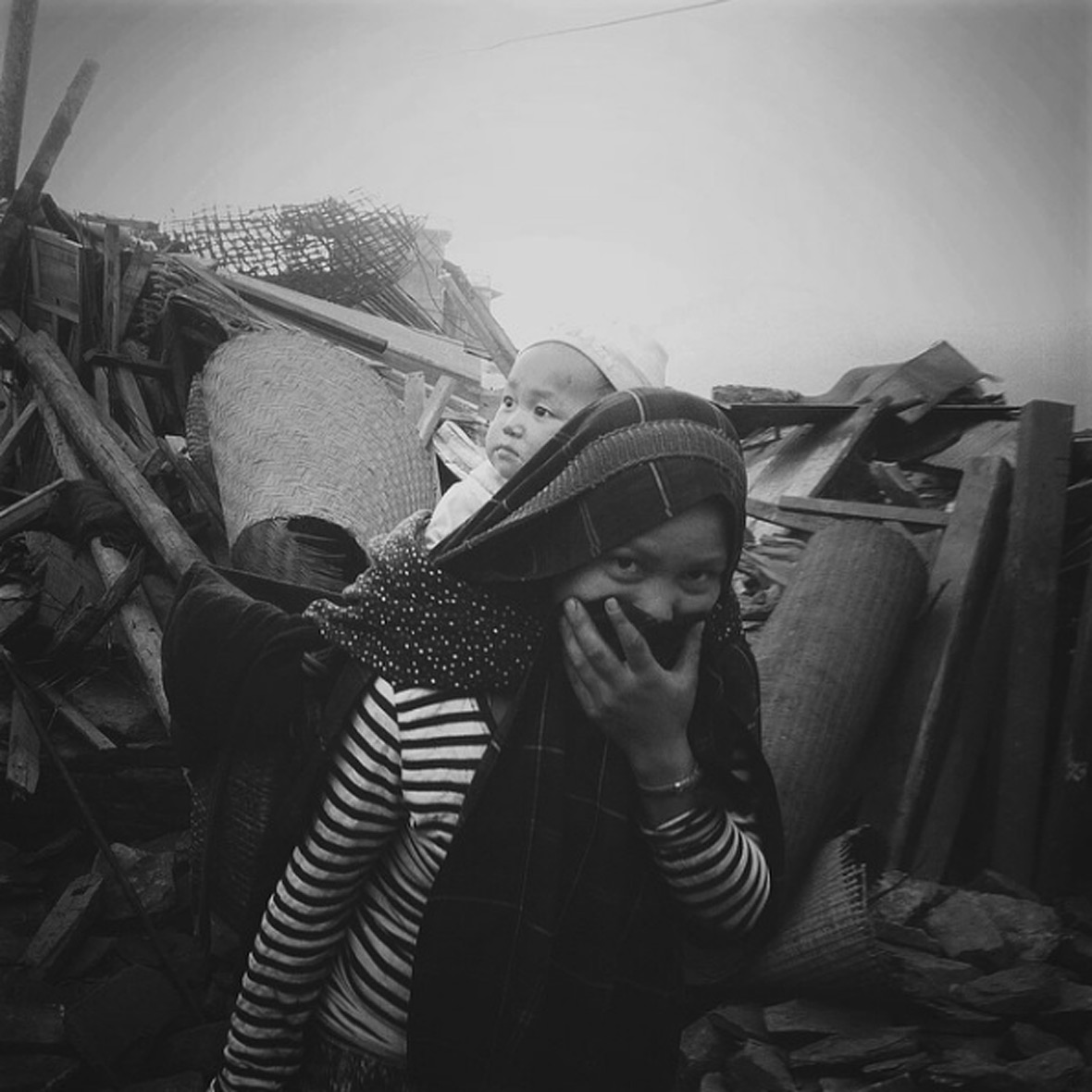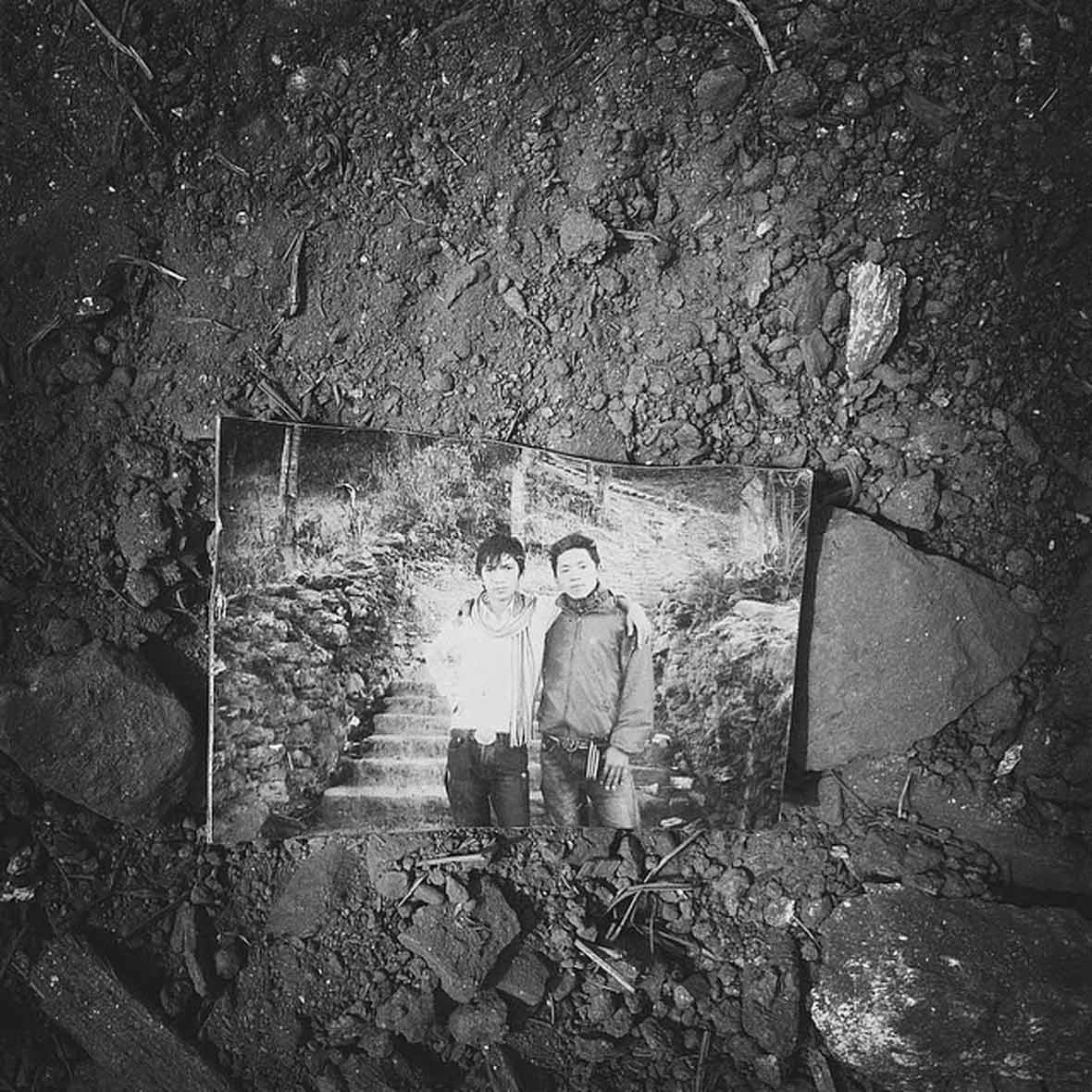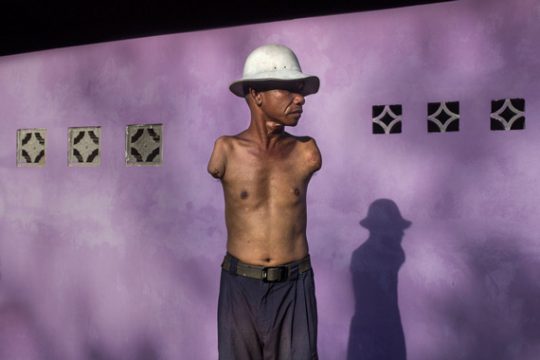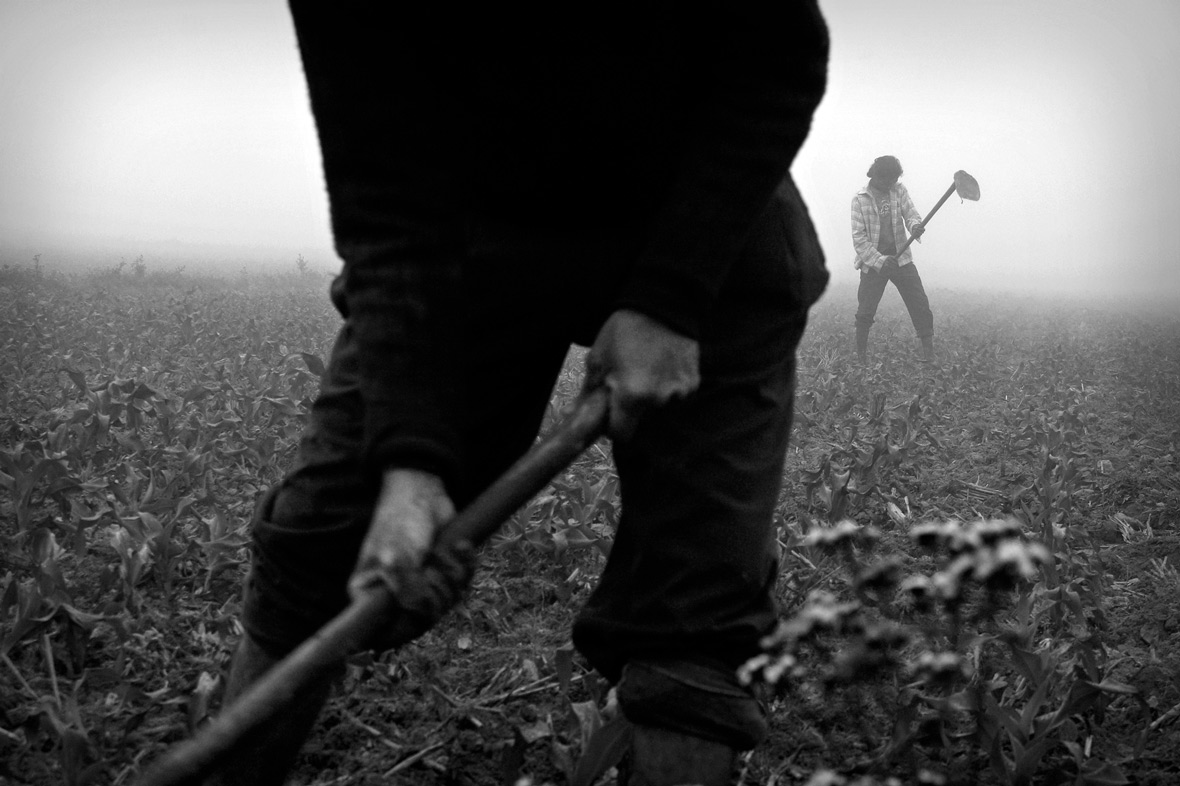
Born and raised in Nepal, Kishor Sharma is a photographer focused on exploring social and political issues in his home country. Having studied journalism and mass communication for his masters, Kishor noticed the social and political shift that Nepal was undergoing, and thus began his interest in exploring sociopolitical issues. Despite not having any official experience as a photojournalist, he fully understands the importance of storytelling through photography. Now working as a freelance photographer, Kishor is on a mission to tell the untold stories that he feels like the world needs to hear. His work has been published in numerous publications and showcased in exhibitions in both Nepal and abroad.
In his photo series No Land For Us, Kishor travels into the Bagiya village in the southern lowlands of Nepal and documents the struggles of landless squatters who live in rundown huts they’ve built for themselves and their family. Most of the inhabitants of the village are from marginalized ethnic groups who have been deemed as “untouchables” in an archaic caste system that still remains in parts of the country. The impactful photo essay tells the story of these overlooked minorities who often end up working for landlords in the area for their entire lives, with no opportunities or land of their own.
Kishor’s insatiable infatuation with telling the unheard stories of his country has also brought him into the western mid-hills of Nepal, where he documented the life of the Raute tribe, a nomadic group of hunter-gatherers. The tribe is rather unique, as they are the only indigenous community that hunts monkeys. The Raute tribe also don’t drink flowing water, despite the fact finding standing water can be rather difficult. His powerful photo essay captures the uncertainties and challenges that the tribe faces as their traditions clash against modernity. “It was difficult at the beginning for sure but I was not the first one to approach them with camera so they were pretty aware of it. I stayed for few weeks and started to visit them before starting to take photographs,” Kishor recalls. “They are very friendly but usually don’t like to deal with outsiders that much. This is slowly changing though.”
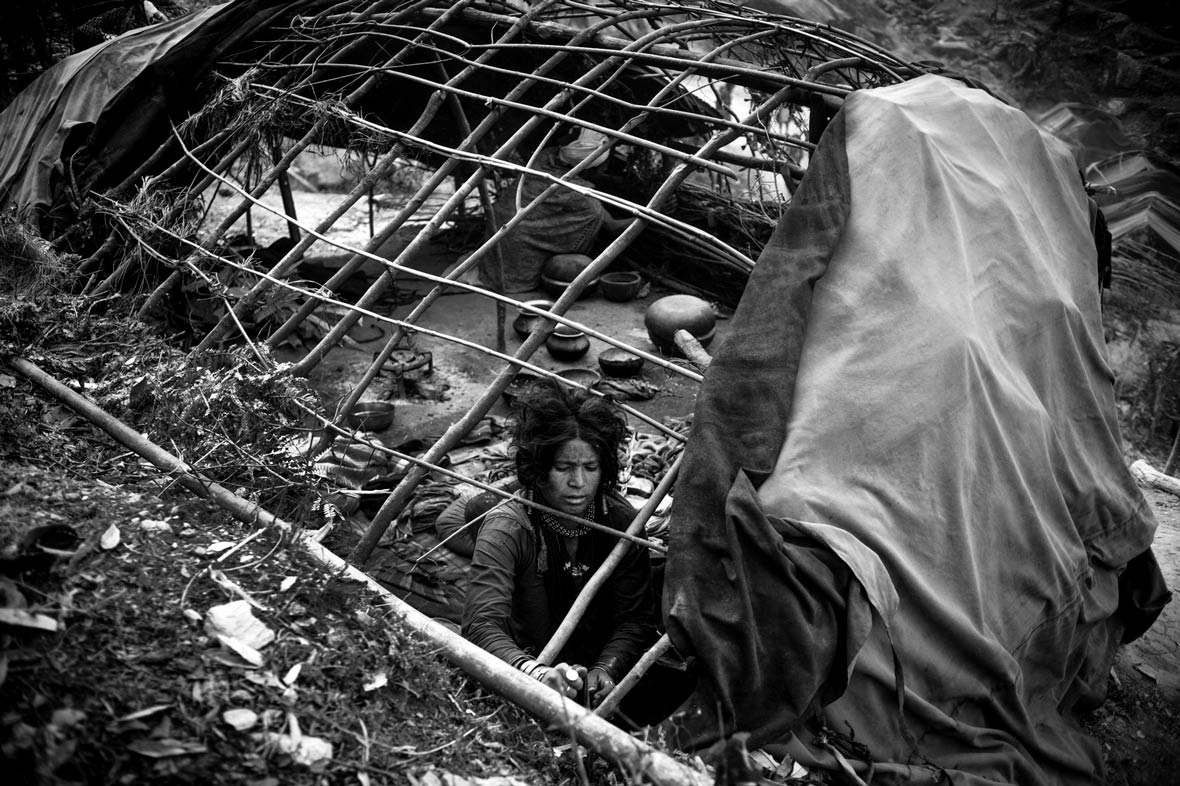
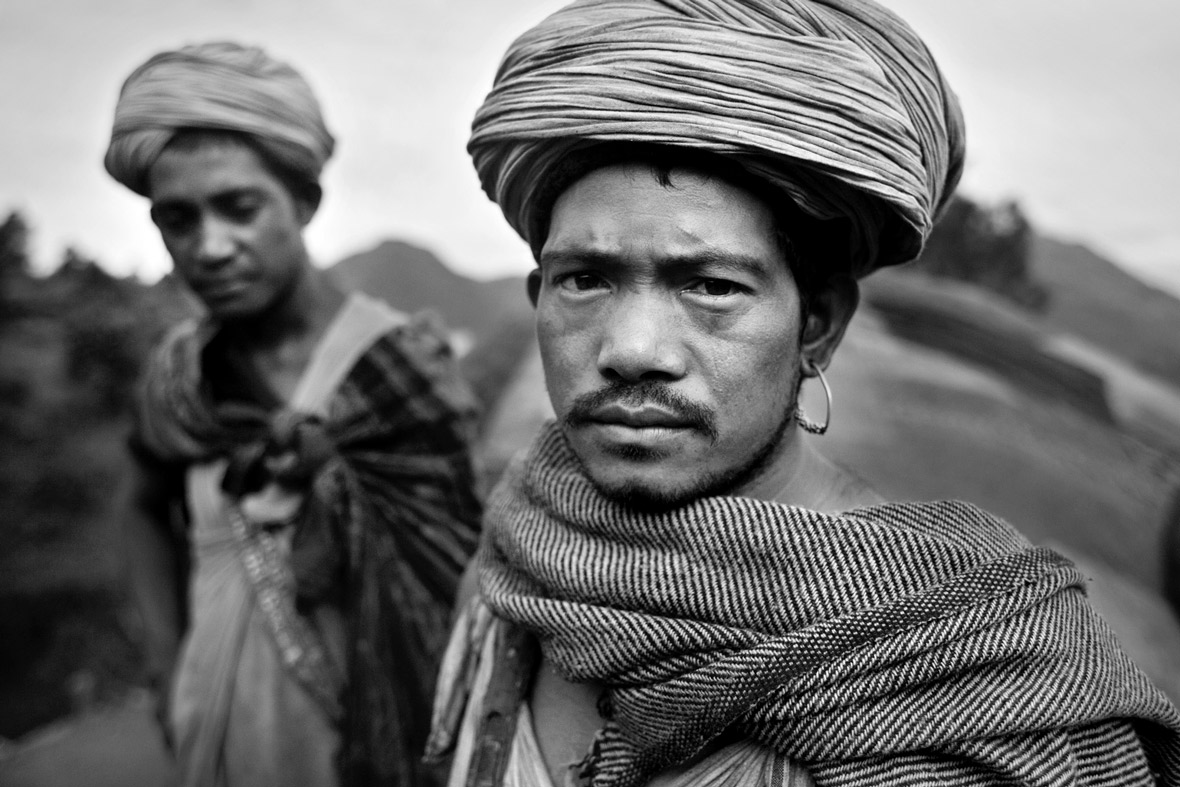
Documenting the complexities and tribulations of life in powerful black-and-white images, many of Kishor’s images have the ability to leave a lasting impression on viewers. His narratives vividly captures the lives of many people forgotten and living on the fringes of society. “When I started photography, I was influenced by photographers who mostly worked in black-and-white,” he explains. “Lately, I’ve been working in color too. I think it’s good to explore different options in photography. But to me, more than aesthetics, it’s the story that matters.” One of Kishor’s upcoming photo series is shot in color and documents the struggles of a village facing water scarcity in the eastern part of Nepal.
After the 2015 Nepal earthquake, Kishor and a few other photographers formed the Nepal Photo Project, an Instagram account where they documented and shared images of the devastation and recovery of the earthquake. “I don’t think I have any specific agenda that I want to accomplish. I’m just curious and want to understand and tell the stories of people and communities that I find important and interesting,” he says. “Photojournalism has some social responsibility attached to it for sure, as it possesses the power to highlight certain issues and helps to shape public opinion. It just needs to be done with good faith.”

